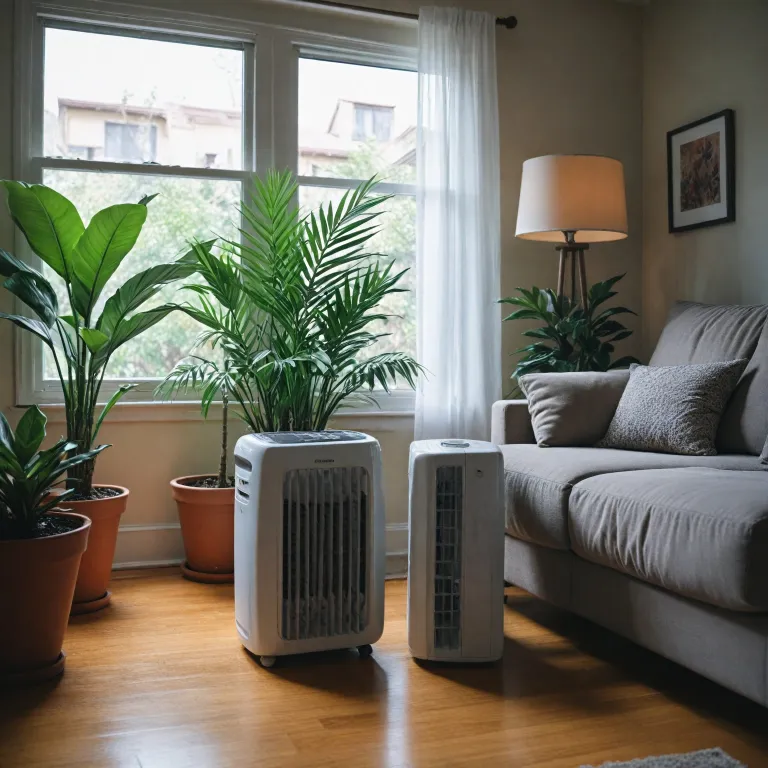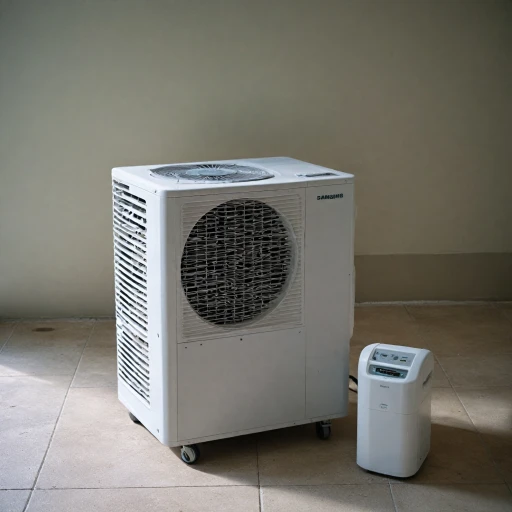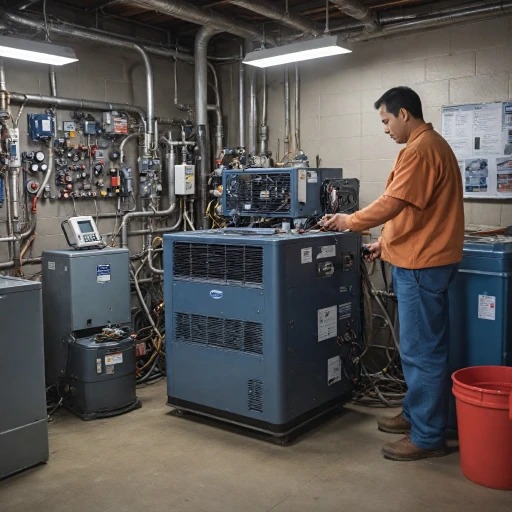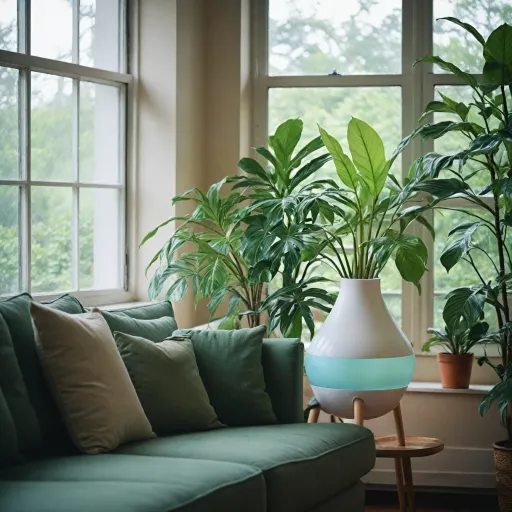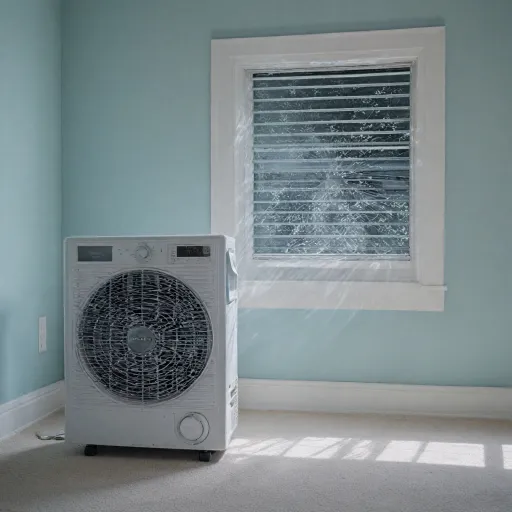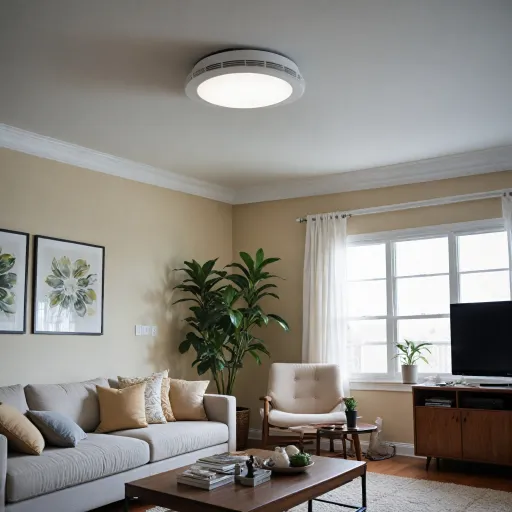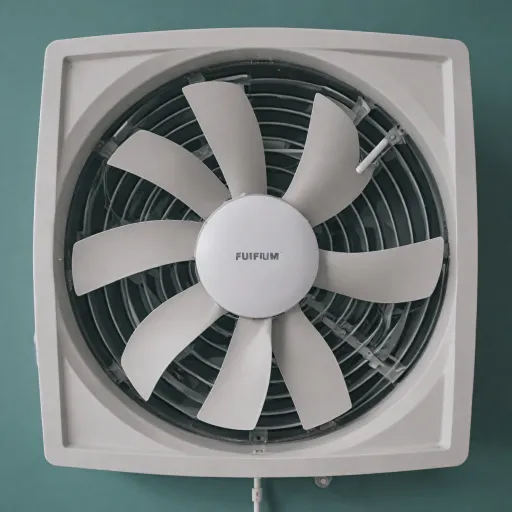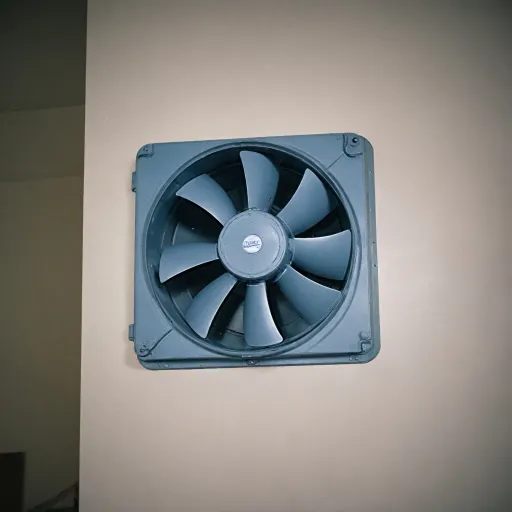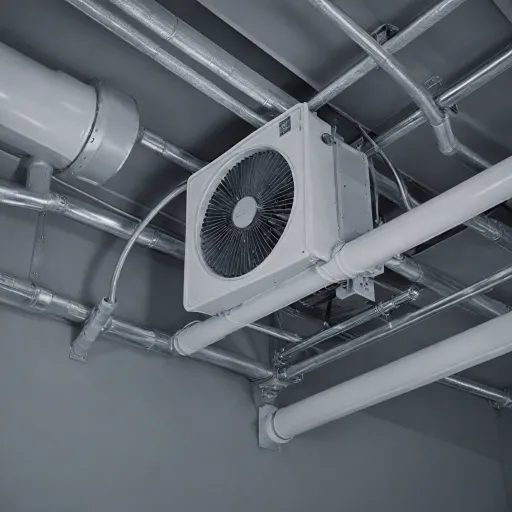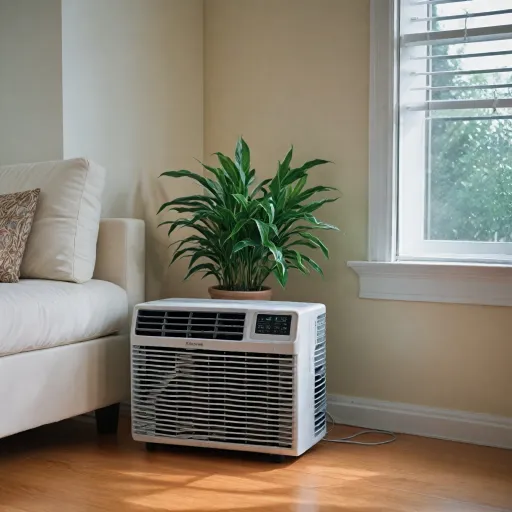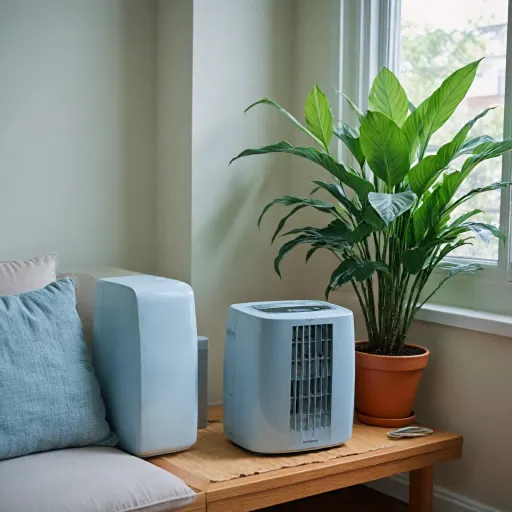
Understanding Your Portable Air Conditioner
Introduction to Your Appliance
When it comes to keeping your space cool and comfortable, understanding how your portable air conditioner works is key. These systems are a popular choice due to their ease of use and flexibility, but they come with their own set of maintenance requirements.
Primarily, a portable air conditioner operates by drawing air in, extracting moisture and heat with refrigerant, and then expelling the cooled air back into the room. It's crucial for maintaining optimal performance to regularly attend to the key components like the filters and water tank.
Key Components to Know
- Filters: Often regarded as the lungs of your unit, filters must be both cleaned and replaced regularly for efficient air flow. A clogged filter can obstruct air and significantly decrease cooling efficiency.
- Water Tank/Drain: As your air conditioner extracts humidity from the air, it collects water in a tank or drainage system. Ensuring this component is cleaned and drained will prevent overflows and mold growth.
- Internal Components: Familiarizing yourself with the internal workings like fans and refrigerants will aid in troubleshooting and regular maintenance.
Maintenance Basics
For effective maintenance, consider incorporating steps that include cleaning the air filters, using a soft brush or vacuum brush to clear dust and debris. Additionally, rinsing these filters under warm water before allowing them to dry completely will ensure good air quality.
Ensuring the unit is free of any mold inside is as important as keeping the outside clean. Routine cleaning with a soft cloth will not only prolong the appliance's life but also improve energy efficiency.
For a more comprehensive guide on protecting your portable air conditioner, especially during off-season storage, consider checking insights on off-season maintenance tips.
Regular Cleaning Practices
Achieving Optimal Cleanliness in Your Portable AC
Maintaining the cleanliness of your portable air conditioner is pivotal for its performance and longevity. Regular cleaning practices not only ensure the unit operates efficiently but also prolong its life. Firstly, always start by unplugging the unit to ensure safety. Once powered off, cleaning the air filter is a crucial step. The air filter accumulates dust and mold over time, affecting the indoor air quality and airflow efficiency. To clean it, gently remove the filter and wash it using clean water, preferably warm. Let it dry completely before reinserting it to prevent mold growth and maintain clean air circulation. The water tank also requires attention, as stagnant water may lead to unpleasant odors and mold. To prevent this, regularly drain water from the unit. Furthermore, cleaning the inside of the appliance with a soft, dry cloth can minimize dust accumulation on the internal components. For parts that are harder to reach, such as the area behind the filter, use a soft brush or vacuum brush to remove any lingering dust. This is a critical part of regular cleaning that helps in maintaining optimal airflow. To access internal parts, follow the manufacturer's instructions carefully. A user manual can guide you step-by-step in safely managing any routine check-up, enhancing your appliance's lifespan. Remember, these maintenance tips are not one-time actions but should be part of regular cleaning practices. For a more comprehensive guide, check out how to maintain your appliance effectively.Proper Storage Techniques
Caring for Your AC During Downtime
Ensuring your portable air conditioner remains in optimal condition during periods of non-use is essential. When it comes time to store your unit, a few key steps should be taken to help maintain its efficiency and longevity.- Clean and Drain Before Storage: Start by conducting a thorough cleaning of your air conditioner. Be sure to remove any dust from the air filters using a vacuum brush or a soft brush. A soft cloth dipped in warm water can be used to gently clean the exterior and ensure that all visible mold and dust are removed. Once cleaning is complete, drain water from the unit completely, including the water tank, to prevent mold and mildew from forming during storage.
- Dry Completely: Before you store your portable air conditioner, ensure that all internal components are dry. Leaving any moisture inside can lead to unpleasant odors, mold growth, or potential damage to the unit. Allow the appliance to air out for a few hours in a well-ventilated space.
- Utilize a Storage Cover: Protect your unit from dust and dirt accumulation by covering it with a suitable storage cover. This additional layer of protection will help keep it clean until the next use.
- Choose an Appropriate Storage Location: To prevent any damage, select a dry, cool, and flat location for storing your air conditioner. An area free from moisture will prevent metal components from rusting and ensure that the portable unit remains in good condition.
Troubleshooting Common Issues
Tackling Common Issues in Your Portable AC
Even with regular cleaning and diligent maintenance, your portable air conditioner may still face issues from time to time. Here are some common problems and essential steps to troubleshoot them efficiently:- Unit Not Cooling Properly: Ensure your air filters are clean. Clogged filters can severely affect airflow and efficiency. If necessary, remove and wash the filters with warm water, then dry completely before reinstalling.
- Excessive Noise: Check for any loose components inside the unit. Cleaning the interior with a vacuum brush can help remove dust and debris that may be causing the noise.
- Water Leaks: If you notice water leaking, make sure the drain is not blocked. Regularly empty the water tank, and check that it sits securely in its place. It’s also vital to inspect the hose connections for any signs of leaks.
- Strange Odors: Unpleasant smells can result from mold build-up. After cleaning, leave the appliance to air dry to prevent mold growth and check your unit’s vents to ensure they are not obstructed.
- Power Issues: If your portable AC does not turn on, examine the power cord and connections. It is crucial to rule out tripped breakers or blown fuses.
Energy Efficiency Tips
Boosting Your Portable Air Conditioner's Efficiency
Keeping your portable air conditioner running efficiently can help lower energy consumption and reduce your electricity bills. Here are some practical steps to maintain efficient operation:- Regular Filter Cleaning: To maintain efficiency, you need to regularly clean the air filter. A clogged filter can restrict airflow, forcing your appliance to work harder, and consume more energy. Gently remove the filters and clean them with a soft brush or rinse them under warm water.
- Free Flow of Air: Ensure there is adequate space around your unit to allow for proper air circulation. Avoid placing the air conditioner close to walls or furniture that could impede airflow.
- Seal Windows and Doors: When the unit is in use, make sure windows and doors are sealed tightly. This prevents hot air from entering the room and ensures the cooled air stays inside.
- Minimize Heat Sources: Try to minimize internal heat sources such as lamps and electronic devices, which can interfere with the air conditioner's cooling ability.
- Check the Water Drain: Periodically inspect the water tank and drain water as needed. A full or clogged water reserve can decrease the cooling efficiency of your portable air conditioner.
